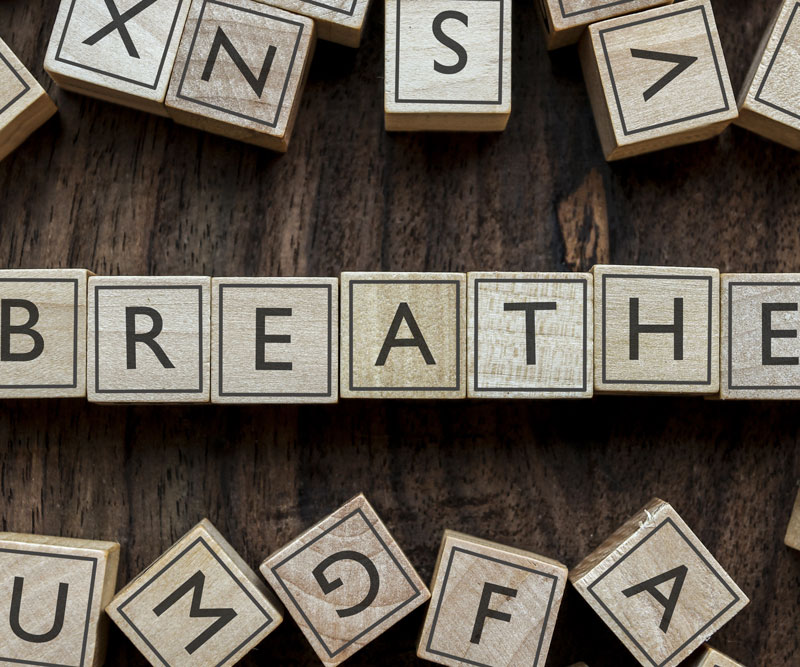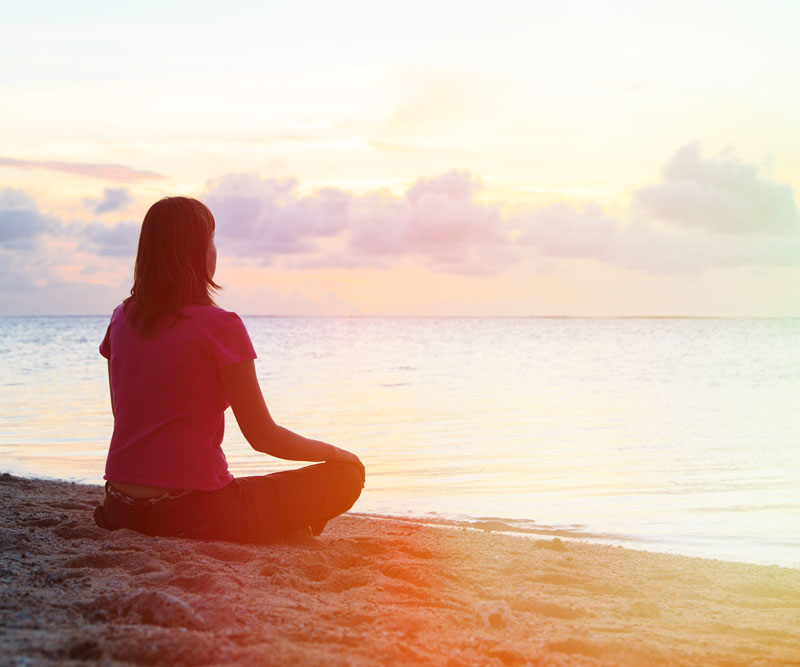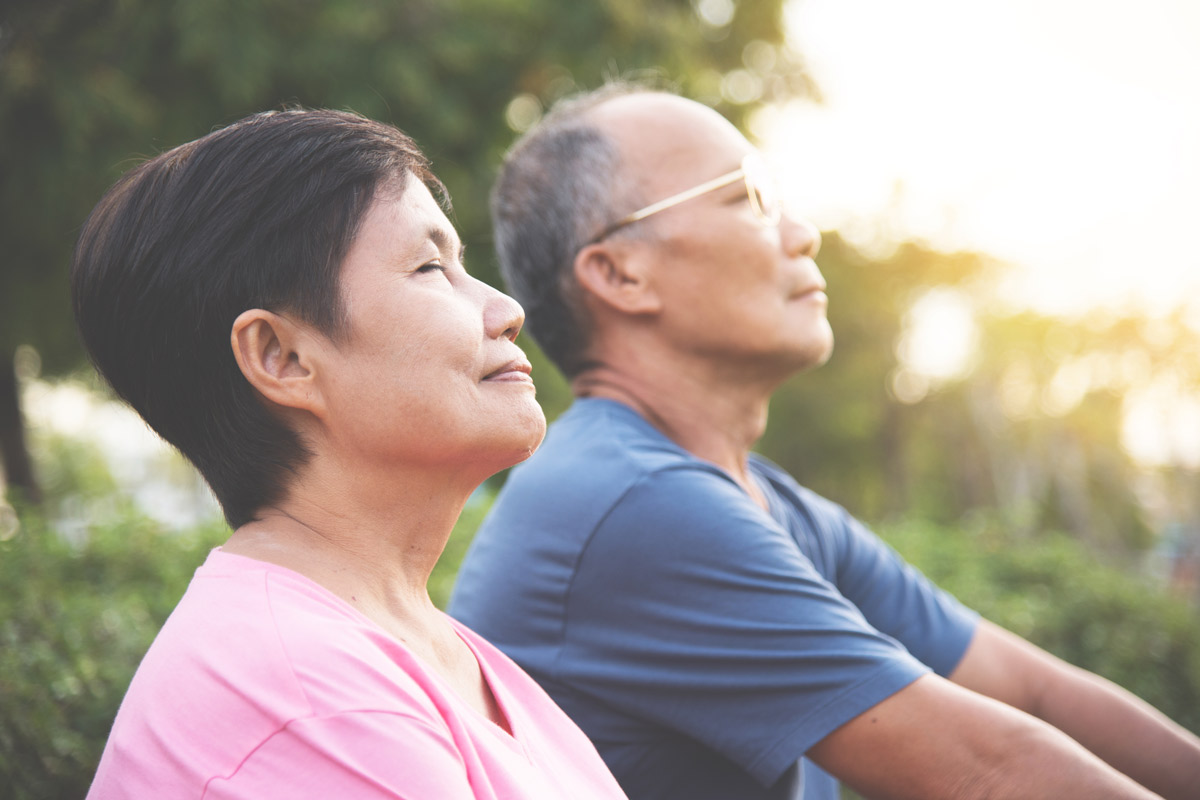
8 Mindfulness Exercises That Also Reduce Stress
Mindfulness – the awareness that emerges through paying attention moment by moment without judgement – is gaining popularity in many circles for its important role in reducing stress and improving overall health.
But just like any habit, mindfulness needs to be practiced regularly to experience its full benefits.
Here, experts from the Straub Medical Center Ornish Lifestyle Medicine Program, provides several simple tasks you can begin today to grow your mindfulness practice and experience its fullest benefits.
1. Swimming or Floating in the Water
Swimming uses the entire body without putting pressure on the joints.
Bringing movement into stiff and tense areas can release a lot of physical stress. This increases mobility and allows more oxygen to flow into muscles we use less often.
Swimming can naturally draw you into a rhythm with your breath as you find your stroke.
Immersing yourself in water can eliminate distractions, allowing you to be more mindful of internal states.
If swimming isn’t manageable, try floating and focus on experiencing the way your body moves in the water as you breathe.
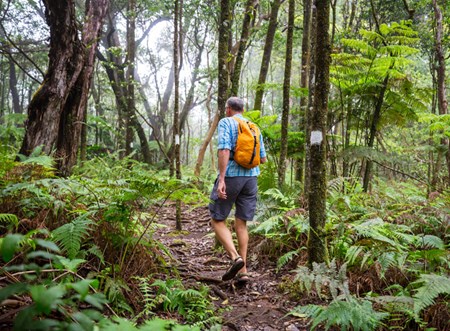
2. Meditative Walking (Core Walking)
The breath, body and mind are all connected. When we can slow down movement and breath, the mind naturally will follow.
Moving can make it easier to be present with what we are trying to be mindful of.
When we walk, there is a lot of forward momentum involved to drive the body forward. By slowing down and removing the forward drive, we start to use our stabilizing muscles to keep us upright.
Strengthening these smaller muscles in the abdomen, or core, can ease body pain in the long run and help with balance.
There are many things to be mindful of during meditative walking, such as keeping your breath relaxed or putting an even amount of weight on each leg.
Or perhaps focus on your shoulders moving along without bouncing up and down. This is a good indicator you are taking deeper, fuller breaths from your abdomen, rather than shallow breaths into the chest.
Good places to try a walking meditation are a flat area of the beach, hallway or even a few laps around your living room. Just make sure you’re eliminating as many distractions for yourself as you can.
3. Drinking a Cup of Tea
Any activity can become a mindfulness exercise if you take the time to experience it.
Take some time to experience the preparation of the tea, the way it smells, the way your arms lift to bring it to your lips and the way the warmth feels in your body.
Slowing down the process of drinking a cup of tea or another warm beverage not only can invite you to become more present but also quiets the mental conversation.

4. Hiking or Connecting with Nature
Being in nature provides an ideal space to disconnect from technology and become more mindful of the senses.
Experiencing the crunch of leaves under your feet, the smell of the plants and the sounds of the birds can send signals to your nervous system to relax.
5. Gazing Meditation
Choose an external object such as a candle flame, the horizon line or a camp fire. Allow your focus to rest softly on your point and settle in.
This can be a great way to start practicing mindfulness with your eyes open. (It’s OK to blink.)
When the urge to look away is resisted, the ability to meditate and be mindful becomes stronger and can provide a very tangible transition into a more balanced, calm state of mind.
6. Guided Meditation
There are many guided meditations to choose from. This option is great for the evening or anytime you may just feel like listening and following along.
A guided meditation such as Yoga Nidra allows the body to relax but remain conscious to stay alert, providing a space for deep internal healing and stress release as well as training the mind to meditate.
7. Stretching
Take a more mindful approach to moving your body through gentle stretches.
Instead of trying to force the muscles to bend and move, try creating space in the body for the breath to flow in and create the expansion from within.
For example, with the spine straight, drop the head to one side and allow the breath to move into any tight areas in the neck one breath at a time.
Try evening out the breath during this exercise. If you are inhaling for 4 counts, exhale for 4 as well.
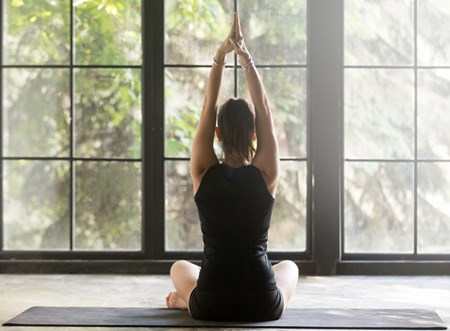
8. Breathing Techniques
One of the easiest and most effective ways to practice mindfulness and calm the nervous system is to focus on the breath. This triggers the breath to move fuller and deeper stimulating the parasympathetic nervous system, the system that signals our body to relax.
A breathing technique helps us become more conscious of where the breath is going and enhances the experience.
Try breaking the breath down into three parts, filling first the lower abdomen, followed by the ribs, then the chest.
Adding imagery to this technique can be helpful to make the breath more fluid and smooth. Try imagining a wave rolling through your body in rhythm with your breathing.
Set a timer for a few minutes and give it a go.
When you find yourself distracted, kindly bring awareness back to the practice and notice yourself breathing gently to yourself
Mindfulness is a skill we can all develop through practice.
Find something you love to do and give it your full attention.
It’s going to happen that you eventually become distracted by your thoughts. The key is to continue to draw yourself back to the practice without judgement and continue with your intention.
Published on: January 16, 2019


